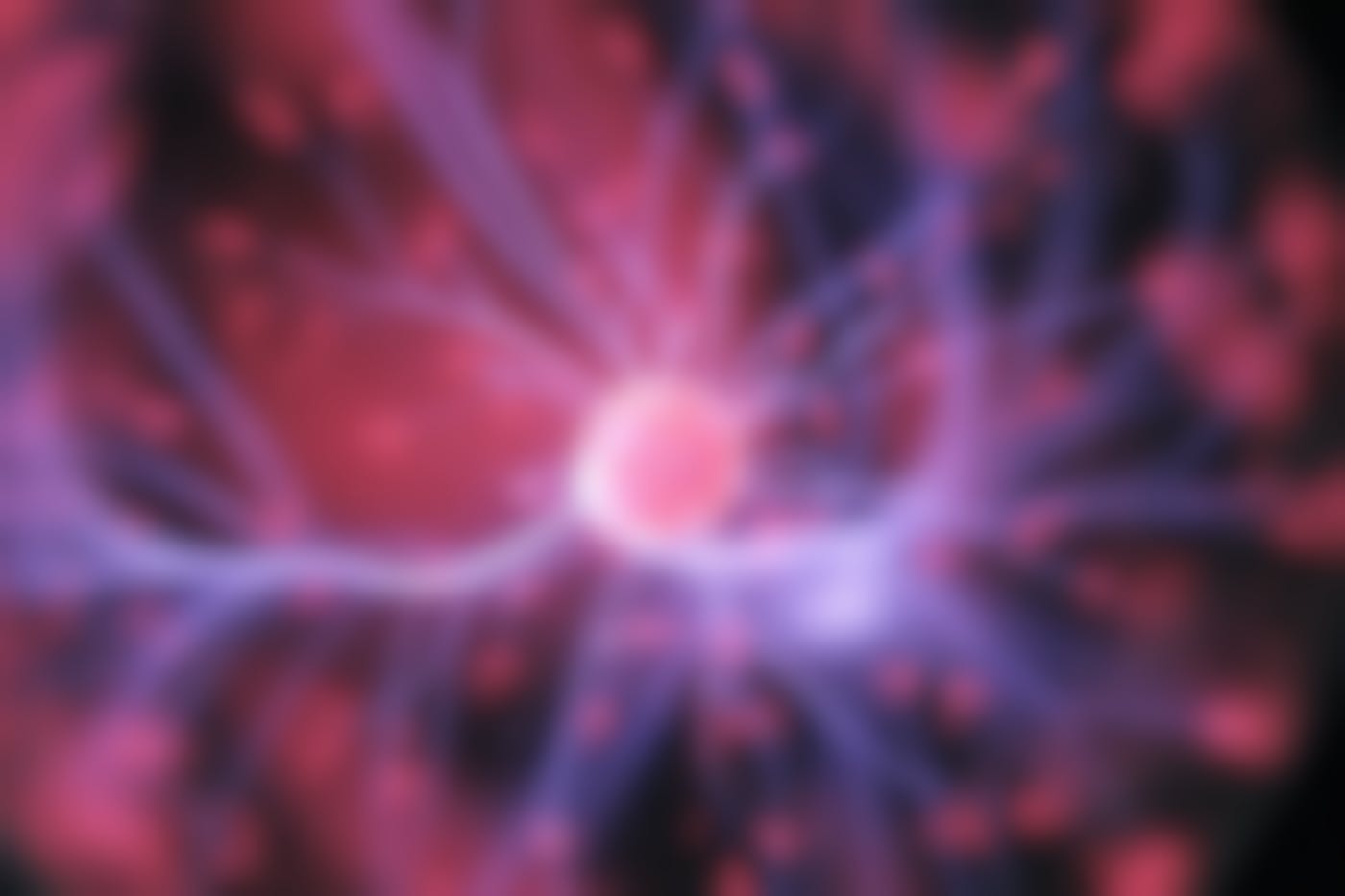
In the digital age, where online presence plays a critical role in shaping businesses, organizations, and personal brands, the psychology of web design has emerged as a pivotal field.
In the digital age, where online presence plays a critical role in shaping businesses, organizations, and personal brands, the psychology of web design has emerged as a pivotal field. Web design goes far beyond aesthetics; it's about creating an immersive and user-centric experience that aligns with human psychology, behavior, and cognitive processes. Understanding how users interact with websites on a psychological level is fundamental to enhancing user engagement, satisfaction, and overall success of a digital platform.
The First Impression and Visual Appeal
Human beings are inherently visual creatures, and the first impression matters significantly in web design. Research indicates that users form their initial opinion about a website within a few seconds of landing on it. This means that visual elements such as layout, color scheme, typography, and imagery are crucial in establishing an instant connection and conveying the website's purpose.
Color psychology, for instance, plays a significant role in influencing emotions and perceptions. Warm colors like red and orange can evoke a sense of urgency or excitement, while cooler tones like blue and green can create a calm and trustworthy atmosphere. Thoughtful color choices can guide users' emotions and actions, leading them to engage more effectively with the content.
Cognitive Load and Simplicity
The principle of cognitive load refers to the mental effort required to process information. In web design, a user's cognitive load should be minimized to create a smooth and enjoyable experience. Too much information, complex navigation, or cluttered layouts can overwhelm users, leading to frustration and abandonment.
Implementing the "less is more" philosophy, minimalist design aims to simplify the user interface by eliminating unnecessary elements and focusing on essential content. This approach not only reduces cognitive load but also enhances user comprehension and decision-making. Through strategic use of white space, concise copy, and clear visual hierarchy, web designers can guide users through the website's flow effortlessly.
F-Shaped Pattern and Reading Behavior
Eye-tracking studies have revealed that users tend to scan web content in an "F-shaped" pattern. This means that users first read across the top of the page, then move down slightly and read across again, and finally scan the left side of the content. Understanding this reading behavior can influence the placement of crucial information, such as headlines, subheadings, and calls to action.
By aligning important content with the F-shaped reading pattern, designers can ensure that key messages are delivered effectively. This also highlights the significance of concise and scannable content that caters to users who are often in a hurry and are looking for specific information.

User-Centered Navigation
Intuitive navigation is at the core of a positive user experience. Users should be able to find what they're looking for without effort. Hick's Law, a psychological principle, states that the time it takes to make a decision increases with the number of choices available. Applied to web design, this means that a website with too many navigation options can lead to decision paralysis and frustration.
The "Three-Click Rule" is a common guideline suggesting that users should be able to find any piece of information within three clicks from the homepage. While this isn't a hard and fast rule, it underscores the importance of streamlined navigation. Clear labels, organized menus, and search functionality contribute to a seamless user journey, reducing the cognitive effort required to explore the website.
Social Proof and Trustworthiness
Human behavior is strongly influenced by the opinions and actions of others. This psychological phenomenon is known as social proof. In the context of web design, integrating elements that showcase social proof—such as testimonials, user reviews, and trust badges—can significantly enhance a website's credibility and trustworthiness.
Users are more likely to engage with a website if they believe that others have had positive experiences with it. Genuine testimonials and success stories create an emotional connection and provide reassurance that the website can deliver what it promises. Incorporating visual cues like user-generated content and follower counts can further establish the website's popularity and authority.
Emotional Engagement and Storytelling
Emotion is a powerful driver of human behavior, and web designers can leverage this by crafting emotionally resonant experiences. Storytelling, for instance, taps into users' innate desire for narratives and connection. By weaving a compelling story throughout the website—be it through visuals, copy, or interactive elements—designers can create a memorable and engaging user experience.
Emotional engagement not only captures users' attention but also makes them more likely to remember and share the experience. This can lead to increased brand loyalty, word-of-mouth marketing, and, ultimately, higher user retention rates.
The Power of Interactivity
Interactive elements inject dynamism into web design and provide users with a sense of agency. Interactivity fosters engagement by encouraging users to actively participate rather than passively consume content. Features like quizzes, polls, interactive infographics, and personalized recommendations make the user experience more personalized and enjoyable.
The psychological concept of the Zeigarnik Effect states that people remember uncompleted or interrupted tasks better than completed tasks. By incorporating interactive elements that encourage users to take action, web designers can tap into this effect, driving users to spend more time on the website to complete tasks or engage with content.
Mobile Optimization and Accessibility
The proliferation of mobile devices has transformed user behavior and expectations. Mobile optimization is no longer a luxury but a necessity. Responsive design ensures that websites adapt seamlessly to various screen sizes, providing a consistent and user-friendly experience across devices.
Moreover, web accessibility is a moral and legal imperative. Designing with accessibility in mind ensures that people with disabilities can navigate, understand, and interact with the website effectively. This not only extends the website's reach but also aligns with principles of inclusivity and social responsibility.
A/B Testing and Continuous Improvement
Understanding user behavior in web design is an ongoing process. A/B testing, also known as split testing, involves creating two versions of a web page with slight variations and measuring which version performs better in terms of user engagement, conversions, or other relevant metrics. This empirical approach allows designers to make informed decisions based on actual user responses rather than assumptions.
Continuous improvement is key to maintaining a website's relevance and effectiveness. By regularly analyzing user behavior metrics and soliciting feedback, designers can identify pain points and opportunities for enhancement. Iterative design based on data-driven insights ensures that the website remains aligned with user preferences and evolving trends.

Summing Up
The psychology of web design is a multifaceted discipline that revolves around understanding and leveraging human behavior, cognition, and emotion to create impactful online experiences. By considering factors such as visual appeal, cognitive load, user-centered navigation, social proof, emotional engagement, and interactivity, designers can craft websites that resonate with users on a profound level. Mobile optimization and accessibility further ensure inclusivity and adaptability, while A/B testing and continuous improvement strategies empower designers to refine their creations based on real user responses. Ultimately, this approach goes beyond aesthetics, aiming to establish strong user engagement and satisfaction, thereby setting the stage for digital success in an ever-evolving online landscape.
The psychology of web design transcends mere aesthetics to delve into the intricate realm of human behavior, cognition, and emotion. By understanding how users perceive, navigate, and interact with websites, designers can create experiences that resonate on a profound level. From the initial visual impression to the navigation flow, from emotional engagement to mobile optimization, every aspect of web design should be anchored in the principles of psychology. Ultimately, a user-centric approach not only enhances engagement and satisfaction but also establishes a strong foundation for digital success in an ever-evolving online landscape.
You Should Know
ThoughtLab is a dynamic and innovative full-service creative agency renowned for its exceptional branding prowess and relentless commitment to thinking outside the box. With a team of visionary creatives, strategists, Web3, and marketing experts, plus decades of superior website design, ThoughtLab consistently delivers groundbreaking solutions that redefine the boundaries of branding and design. They understand that in today's fast-paced and competitive landscape, it is vital to break away from convention and embrace bold, unique ideas.
ThoughtLab's approach revolves around immersing themselves in their client's businesses, understanding their values and aspirations, and crafting tailor-made branding experiences that resonate deeply with the target audience. Their track record of success stands as a testament to their ability to push creative boundaries, captivate audiences, and ensure their client's brands stand out amidst the noise. With a focus on innovation and a passion for excellence, ThoughtLab continues to be at the forefront of revolutionizing the world of branding and marketing. Contact ThoughtLab today.

